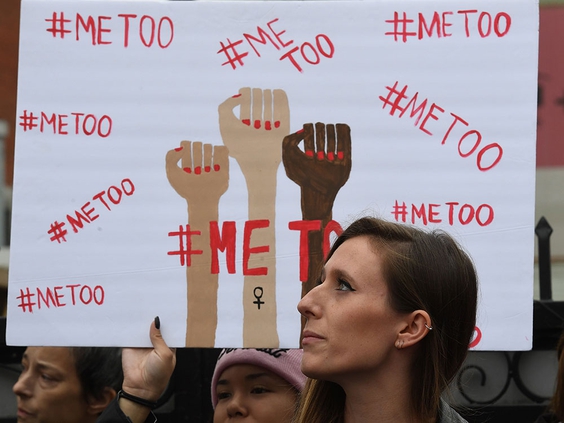Importance of Framing for Social Movements
When defined this way, social movements may sound similar to special-interest organizations, and they do share some characteristics. A social movement is an organized attempt by many people to achieve or prevent social, political, economic, or cultural change (Shuster & Campos-Castillo, 2017). It is possible to hypothesize that social changes are impossible without a successful public campaign that guarantees that many people share particular ideas, and framing is an integral part of this process.
The definition of framing describes the signifying work of activists, leaders, average participants, and other actors. The actions of all participants of the movement, including social control agents, elites, mass media, activists, and representatives of the counter-movements combine into the meaning construction. All of them engage concerning the interests of movements and the challenges they face in pursuing those interests (Shuster & Campos-Castillo, 2017). Framing is crucial as it allows one to understand a social activity in-depth and examine its effectiveness concerning social change. This paper examines the #MeToo social movement in which women recounted their experiences of sexual harassment and assault. #MeToo’s countermovement #HimToo also interacts with the topic of sexual assault of males but from a different perspective of false accusations of rape.
Framing and Pictures


The #MeToo initially aimed at helping individuals who suffered from assault, sexual harassment, and bullying, which allowed them to feel that they were not alone and shared familiar stories. This movement evolved into a global one with time, resulting in significant societal and legal reforms, a vivid example of framing. Furthermore, the campaign has provided survivors a sense of belonging while also sparking a national—and global—discussion about the common concerns about harassment and assault and the necessary changes. Women who experienced sexual violence find a solution in sharing their experiences to support other women worldwide. Motivational framing is that victims will unite and raise awareness regarding the issue of sexual harassment and assault (Shuster & Campos-Castillo, 2017). Harassment and violence can have catastrophic consequences for victims, leading to substance abuse, suicide, psychiatric problems including PTSD, and other adverse effects.
As #MeToo concerns females, the counter-movement that focuses on male-related problems has emerged. Even though it started as a way for makes to tell others their stories of sexual harassment and assault, #HimToo has evolved into the response to the #MeToo movement. This movement was supported by those people who thought that all males were endangered by spreading false rape accusations against men. The diagnostic framing of this movement is that there are wrong rape and sexual violence cases in which males become victims. Prognostic framing is that the supporters of the campaign also call to share experiences so that it will catch the attention of a more significant population to a male problem. Like the #MeToo movement, motivational framing is to use social media platforms and make posts related to their cases.
Effectiveness Evaluation
Both movements accurately diagnosed their problems as cases of sexual assaults and false allegations are common for both females and males. In the era of modern technologies, the solutions of both movements to use social media and share their experiences are appropriate. The actions of the members of both movements raise awareness and motivate victims worldwide to join the movement and make an impact in preventing any cases of harassment and abuse in the future. In terms of social change, the movements did a substantial job as many people started to think about consent and appropriate sexual behavior. Moreover, the campaign also allowed victims to feel not alone and supported. Yet, reforms or any constitutional were not implemented, which is why the actual social change did not happen.
#MeToo has remained the symbol of the union of all victims of sexual assault and harassment. It is possible to conclude that people often mention the hashtag #MeToo in their tweets in posts on social media accounts like Instagram and Facebook. These actions show that the #MeToo movement has become successful and achieved good results in increasing public awareness about sexual harassment and contributed to the formation of a supportive environment.
References
Shuster, S. M., & Campos-Castillo, C. (2017). Measuring resonance and dissonance in social movement frames with affect control theory. Social Psychology Quarterly, 80(1), 20–40.
O’Neil, L. (2018). #HimToo: how an attempt to criticize #MeToo went delightfully wrong. The Guardian.
What is the Me Too movement all about? (2022). Verywell Mind.